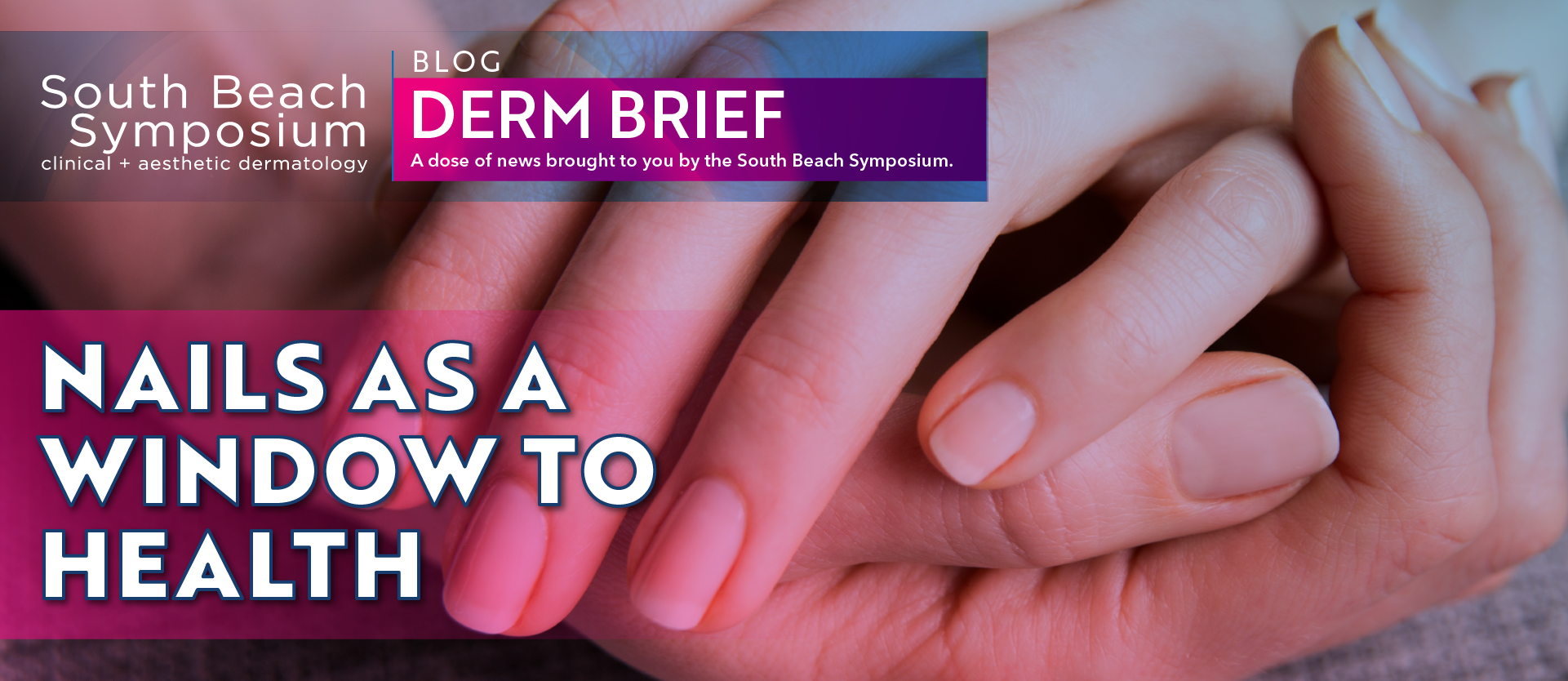As a part of the skin, nails can often provide insight into overall health. A growing body of research suggests that observing changes in nail health may be helpful for physicians, with researchers from the University of Delhi stating: “Certain nail changes are specific for various dermatological disorders. In addition, examination of nails may also provide an insight into more sinister systemic manifestations in the form of both subtle as well as specific changes.” Made up of layers of keratin, nails grow from beneath the base of the cuticle; as new cells grow, older cells harden and emerge towards the fingertip. While healthy nails generally emerge devoid of ridges, grooves, spots, or discoloration, the appearance of such features may reflect health concerns or serious illness. Review the most common nail abnormalities below:
Beau’s Lines
Developed when nail plate growth is temporarily disrupted, Beau’s lines are indentations that run horizontally across the nails. This disruption can occur for various reasons, including direct injury to the nail matrix, infection, peripheral vascular disease, uncontrolled diabetes, high fever, zinc deficiency, and inflammatory conditions including psoriasis.
Pitting
A study published in Reumatologia highlights the strong relationship between psoriasis and nail health, as researchers note: “Almost 50% of patients with psoriasis vulgaris and up to 80% of patients with psoriatic arthritis are afflicted with nail lesions.” A similar study published in the Indian Journal of Dermatology found that “in mild psoriasis, pitting was present in 34.2%, while in severe cases it was 47.6%.” When associated with psoriasis, nail pitting is often accompanied by shape deformation, thickening, and discoloration.
Often closely linked to psoriasis, nail pitting is also associated with connective tissue disorders such as osteoarthritis and Reiter’s syndrome, and autoimmune diseases including alopecia areata, pemphigus vulgaris, and contact dermatitis. A review of a patient’s history and a potential skin biopsy may be necessary to diagnose the condition’s root cause.
Koilonychia
Koilonychia is a disease that causes nails to become thin, and curve inward. The condition is most commonly associated with severe iron deficiency caused by anemia, malnutrition, cancer, or celiac disease. Other associated causes include autoimmune diseases, inflammatory conditions, and repeated exposure to harmful chemicals.
Clubbing
While nails generally curve at a slight upward angle from the nail bed, nail clubbing can be identified by a downward curve and an enlarged nail tip. The most common factor associated with nail clubbing is lung cancer, with the U.K. Cancer Research organization noting: “Finger clubbing happens in more than 3 out of 10 people (35%) with non-small cell lung cancer.” Clubbing may also be indicative of cardiovascular, liver, and inflammatory bowel disease.
As nail abnormalities can be caused by a wide variety of conditions, it is imperative that clinicians possess a thorough understanding of nail health. Researchers from the University of Delhi argue that the “examination of the nails should be an integral part of a complete dermatological examination. Clinicians must acquaint themselves with these nail findings as they can provide a clue in diagnosing certain systemic diseases.” Further incorporating nails into the common scope of skin care could allow medical professionals to preemptively address dermatological and general health concerns.
















